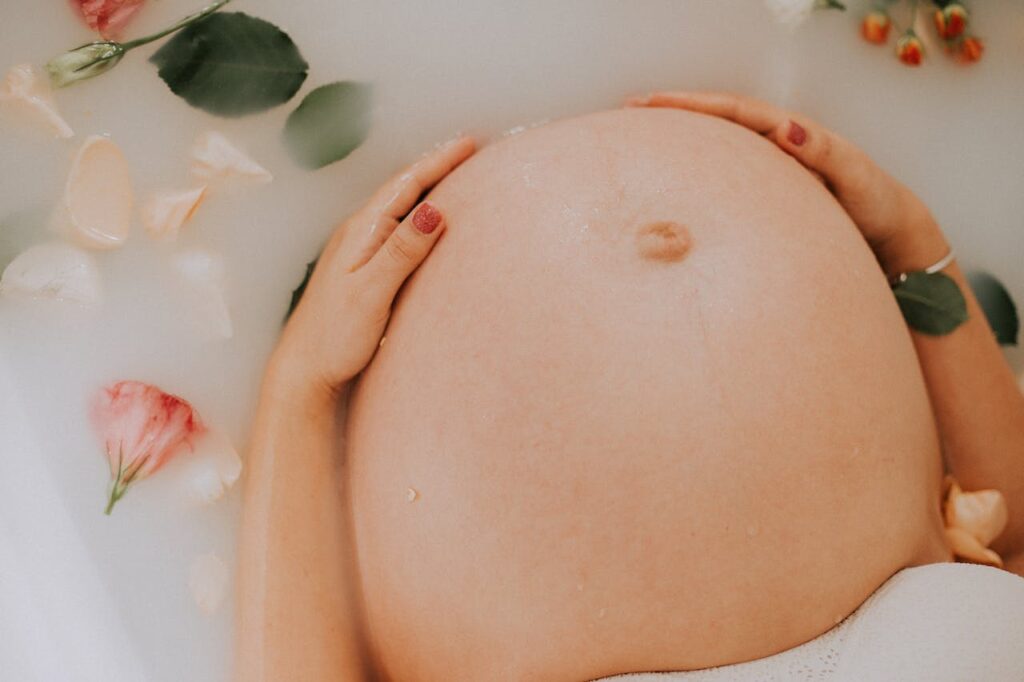
Pregnancy and childbirth are amazing experiences, but they can also lead to more than a few uncomfortable side effects, like urinary incontinence. Here’s why it happens and what you can do about it.
Many women consider pregnancy and childbirth a beautiful and transformative experience (hello, pregnancy glow). But it’s not without pitfalls. Stretch marks, backaches, and swollen ankles are just some of pregnancy’s less-than-glamorous hallmarks — fortunately, they usually resolve with time and a little TLC.
However, some side effects from pregnancy stick around and impact your daily life. One of these problems is urinary incontinence.
As many as 4 in 10 postpartum women struggle with urinary incontinence or the involuntary loss of urine. And unlike weight gain and puffy ankles that can fade with time, this issue requires help from a professional like Dr. Joseph Roofeh.
One of the first steps in treating urinary incontinence is understanding why exactly you’re dealing with it in the first place. Here, we explore what your pregnancy has left you with problems “down there.”
Simply put, urinary incontinence makes it tough to control your bladder, which leads to embarrassing, involuntary urine leakage. While it can affect people of all ages and genders, it’s a common issue among women who have recently given birth.
Your baby grows rapidly in your womb, and the average weight of a full-term baby comes in at just under nine pounds — that’s a lot of pressure on your bladder and pelvic floor muscles during pregnancy.
This pressure weakens these muscles, making it harder to “hold it.” On top of that, hormonal changes during pregnancy weaken the pelvic floor muscles and affect bladder control.
Then comes childbirth.
The pelvic floor muscles and nerves have to stretch during childbirth, which almost always damages them. Weak, stretched-out pelvic floor muscles make it difficult to sense when your bladder is full and to control urine flow.
Several other factors also increase your risk of developing urinary incontinence after pregnancy.
Tearing and episiotomies during labor further weaken your pelvic floor muscles and increase your risk for postpartum incontinence.
While urinary incontinence can be uncomfortable and embarrassing, there’s hope in treatment. We recommend that you start by attending all your postpartum checkups and tell us about any problems you’re having with bladder control.
We thoroughly assess your symptoms and evaluate your pelvic floor to determine the extent of the damage. From there, we create a customized treatment plan. The first place we start is pelvic floor exercises and bladder training.
Pelvic floor exercises, or Kegel exercises, can help strengthen the muscles that control urine flow. Bladder training involves learning to control when and how often you urinate.
Other treatments include:
Urinary incontinence is the last thing you want to deal with when bonding with your new bundle of joy. We create a treatment plan that works for you, so don’t be afraid to speak up and seek help if you’re experiencing urinary incontinence after pregnancy.
Call or click to schedule an appointment at our Century City, Los Angeles, California, office today.
Phone (appointments): 310-552-1700
Address: 10309 Santa Monica Blvd # 300, Los Angeles, CA 90025, United States
★★★★★
★★★★★
Powered by No Strings Content